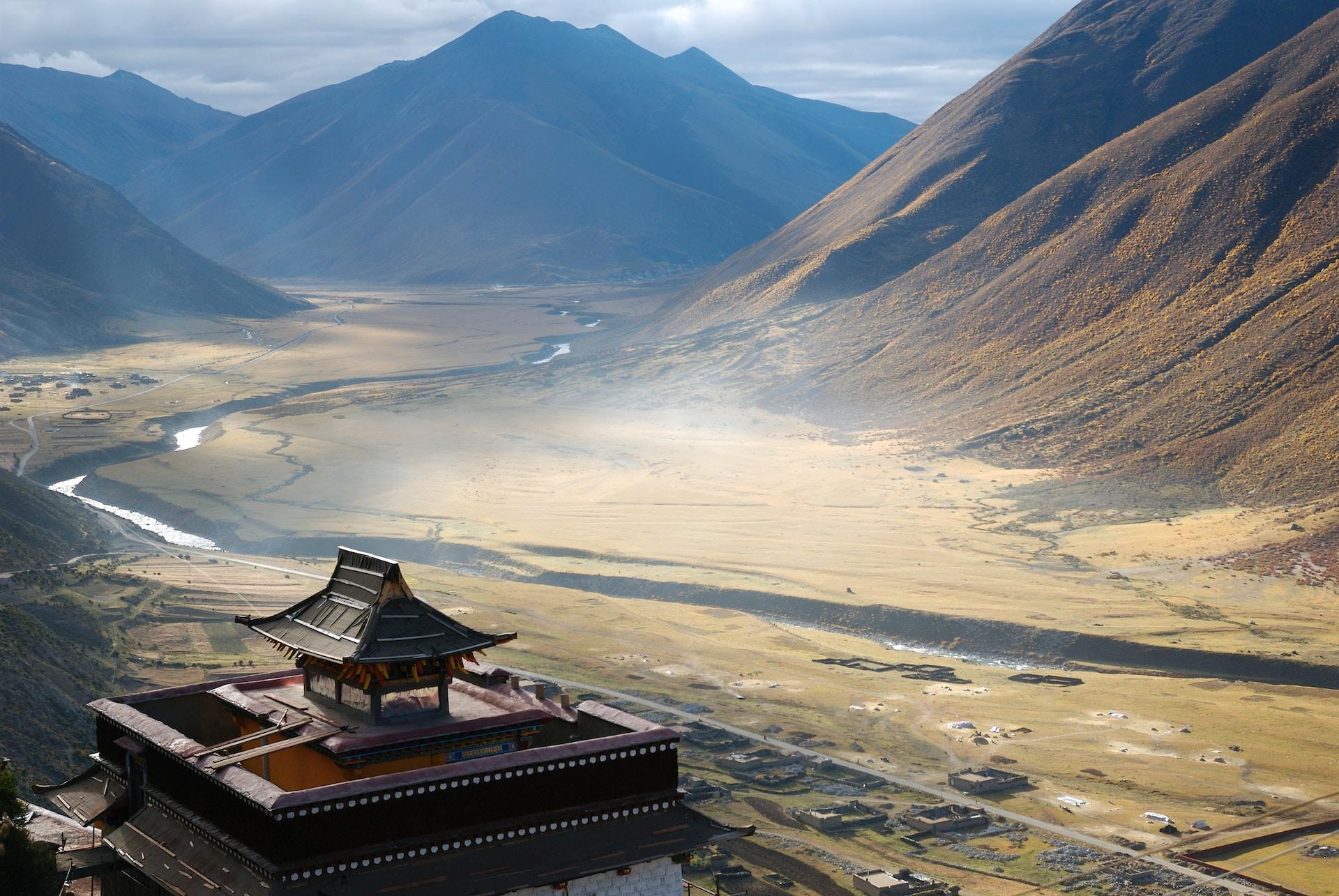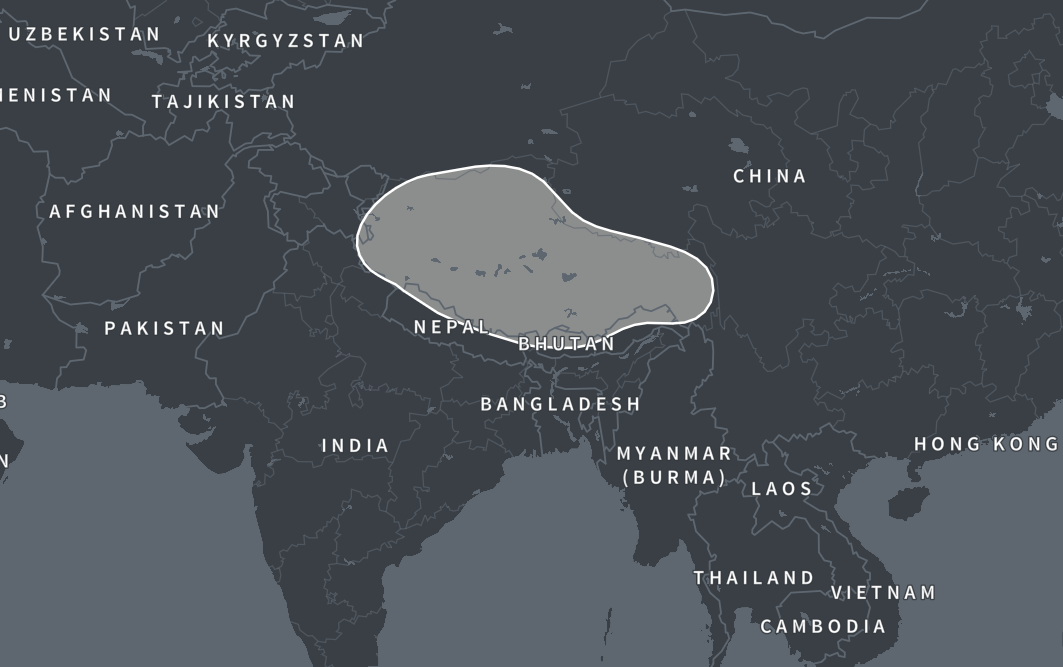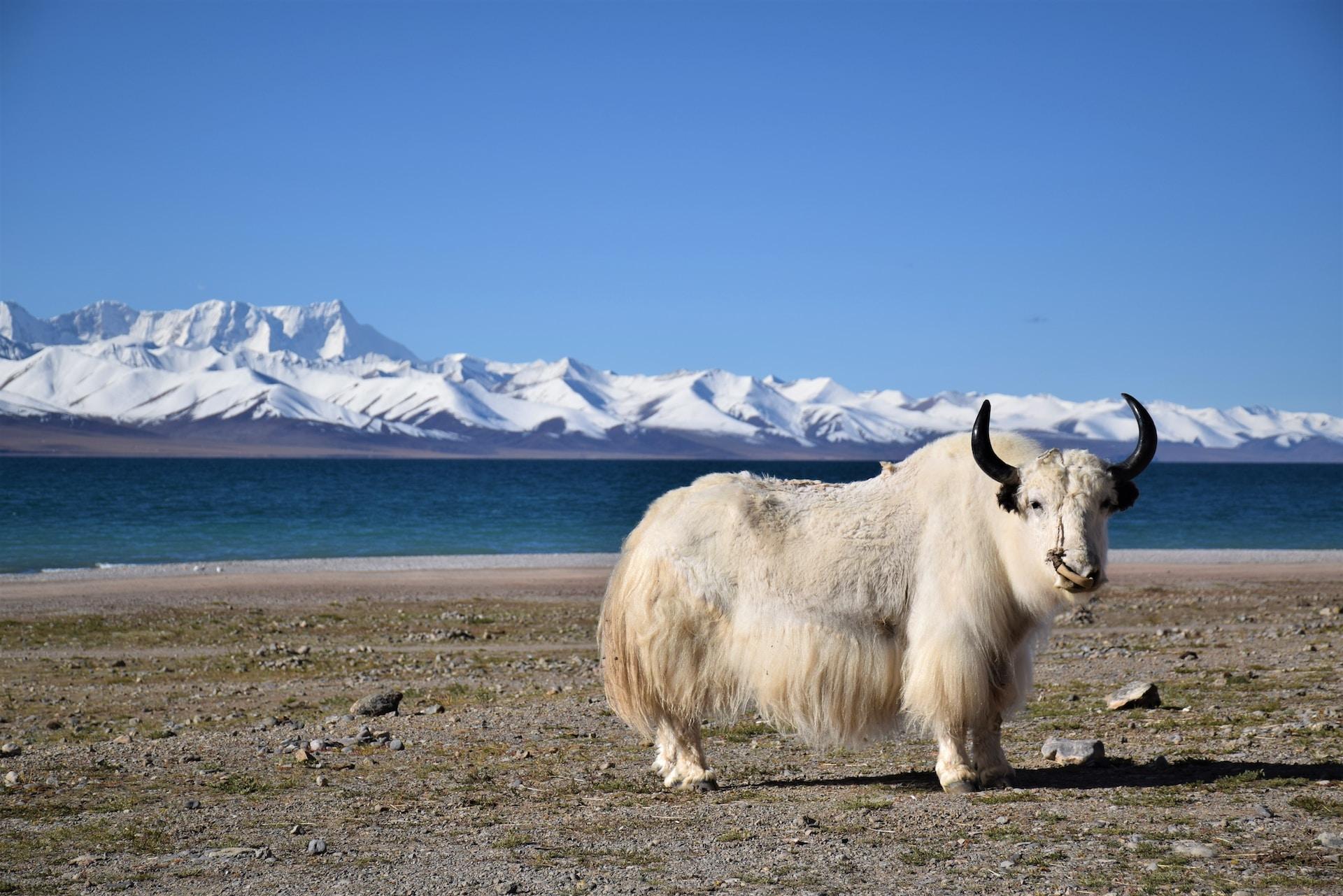What is Tibetan Peoples DNA Ethicity on Ancestry?
The results of our AncestryDNA tests may sometimes be what we expect or on occasion may be a big surprise. Either way, often we need a little more information regarding some of the regions that arise in our ethnicity estimates.

One region that is not at all uncommon is the Tibetan Peoples DNA region. Those who still live in this region already understand all about its history and culture. There are others, however, who may never have even visited or in fact been aware that they have ancestors from that area.
In this post we will go into more detail with regards to the history, geography and culture of the Tibetan Peoples region. We will also discuss what it means to be from this region and how easy or difficult it might be to trace our roots in the Tibetan Peoples Region.
What Is the Tibetan Peoples DNA Region?
The Tibetan Peoples DNA region as the name suggests falls mainly into the autonomous region of China known as Tibet. Its DNA influence extends to the north into the Chinese provinces of Qinghai and Xinjiang and the south into the Indian states of Arunachal Pradesh, Sikkim, Uttarakhand, Himachal Pradesh and Ladakh.
You can also find communities with this DNA within the border regions of the neighboring nations of Bhutan and Nepal.

Tibetan Peoples Region History
It is thought humans were inhabiting the Tibetan plateau at least 21,000 years ago but this early population was replaced around 3,000 years ago by Neolithic immigrants from Northern China. The DNA of the region however seems to suggest that rather than displacing the early peoples these Northern China immigrants assimilated the native population.
The Zhang Zhung culture based on early historical texts were a people who migrated from the Amdo region into what is now the region of Guge in western Tibet. This Zhang Zhung region is considered to be the original home of the Bön religion.

It was by the 1st century BC, that a neighboring kingdom arose in the Yarlung valley The King of the Yarlung, Drigum Tsenpo, attempted to remove the influence of the Zhang Zhung by expelling the Zhang's Bön priests from his lands. The Zhang Zhung would assassinate the king and continue their dominance of the region until it was finally annexed by the Songtsen Gampo in the 7th century. Prior to the Songtsen Gampo however the kings are considered legendary and possibly mythical.
Unified Tibet
The origins of a united Tibet began under the Songsten Gampo who would rule from 604 – 650 AD. They would start the unification by uniting parts of the Yarlung River Valley and founding the Tibetan Empire. This would instigate a period of growing power for Tibet.
A marriage with a princess from neighboring Nepal into this Tibetan kingdom is thought to have brought Buddhism to the region. Bhrikuti is thought to have been the king's first wife but he is then believed to have married Princess Wencheng, the niece of the Chinese Emperor Taizong of Tang China.
Successive Tibetan kings would cement Buddhism as the dominant religion in the region and their power continued to grow even to the point of expansion into China and into Southeast Asia as well.
Decline in Power
In 763 Tibet took control of the Tang capital Chang’an but this would only last 15 days. With the help of the Turkic Uyghur Khaganate the Tang regained their capital and began a swing of power. The Tibetans still controlled the Yunnan province region but by 794 the region turned on their overlords and sided with the Chinese to push them out of the region.
At its peak the Tibetan empire spanned modern-day Afghanistan, Bangladesh, Bhutan, Burma, China, India, Nepal, Pakistan, Kazakhstan, Kyrgyzstan, and Tajikistan. It would eventually diminish to its modern-day borders and in 821 Tibet signed a peace Treaty with China.

The empire continued until the mid 9th century when civil war would finally lead to its collapse as an imperial power. The era that followed was one of fragmentation and various warlords battling for control. In 1206 an Islamic invasion also entered the greatly weakened region.
Yuan Dynasty
The Mongol Yuan dynasty ruled Tibet through a top-level administrative department. One of the department's purposes was to select an administrator, which was usually appointed by the lama and subsequently confirmed by the Mongol emperor in Beijing.
The Sakya lama as they were known retained a degree of autonomy, so that they could act as a political authority in the region, while the administrator maintained administrative and military power. Under Mongol rule control of Tibet remained separate from the main provinces of China. The region however existed under the administration of the Yuan dynasty. If the Sakya lama ever came into conflict with the administrator the administrator was authorized to send Chinese troops in to resolve the conflict.
Yuan control over the region came to an end when the Ming dynasty overthrew the Yuan and Tai Situ Changchub Gyaltsen's attempted revolt against the Mongols. In the aftermath of the uprising, Tai Situ Changchub Gyaltsen founded the Phagmodrupa dynasty. This dynasty sought to reduce Yuan influences over Tibetan culture and politics.
How Did You Get Tibetan Peoples Region DNA?
If you already know that you had family who came from Tibetan Peoples or any of the bordering Asian states then you know why you have Tibetan Peoples region DNA. If this result came as a surprise you may not know how exactly you came by DNA from this region.
If you have a sizable percentage of DNA from this region then it is likely you have an ancestor who was born in or close to the country of Tibetan Peoples.
Is the Result Accurate?
When it comes to ethnicity estimates the higher the percentage you have from a certain region the more likely it is to be accurate. If your percentage is low, however, then it is harder to pinpoint exactly where your most recent ancestors came from.
A low result could mean a distant ancestor from that region. It is best to focus on your highest rated region's matches to determine where your ancestors came from more recently. A low percentage can often be hard to locate because the ancestor in question could be many generations back in your tree.

How to Research my Ancestry from These Regions
The results of a DNA ethnicity test are of course a great place to start especially if there is an unexpected result found in the report. As always of course the DNA cannot tell the whole story and we need to actually do the research work.
A percentage on an ethnicity estimate means very little unless you follow through and start building up your family tree. The relevant ancestors may be several generations back and it may take a lot of research to discover who they were.
If you have specific regions mentioned in your report then you have a good idea of where your ancestor may have originated from. Ancestry DNA even has migratory information from some of these regions through to the final settlement places in the United States or elsewhere in the world.
Using Ancestry you may be able to determine not only who your ancestors were from the British Isles but perhaps the reason they decided to move.
Tibetan Migration
There was very little immigration into the US from Tibet prior to 1950 but following the Second World War a small but steady flow of migration began. It wasn't until the 1990s however that Tibetan immigration really grew with the passing of the Immigration Act of 1990 in the US.
The act provided 1,000 immigrant visas to Tibetans living in India and Nepal who had fled their homeland due to tensions in China. By 1998 there were around 5,500 Tibetan-Americans registered in the US.
Final Thoughts
Tibet is considered a spiritual region and a main stronghold of the Buddhist religion. It at one time was the focal point of a major Asian empire but has more recently been a source of conflict in China. Activists still protest for a free Tibet completely separate from China but at present they are an autonomous region.
Immigration out of Tibet has mainly been to nearby nations to the south in an attempt to flee historic conflicts with China. The Nations of Nepal, India, Pakistan and Bhutan all have sizable communities of ethnic Tibetans.
Link To or Reference This Page
We spent a lot of time downloading, cleaning, merging, and formatting the data that is shown on the site.
If you found the data or information on this page useful in your research, please use the tool below to properly cite or reference Name Census as the source. We appreciate your support!
-
<a href="https://namecensus.com/blog/what-is-tibetan-peoples-dna-ethicity-on-ancestry/">What is Tibetan Peoples DNA Ethicity on Ancestry?</a>
-
"What is Tibetan Peoples DNA Ethicity on Ancestry?". NameCensus.com. Accessed on May 2, 2024. https://namecensus.com/blog/what-is-tibetan-peoples-dna-ethicity-on-ancestry/.
-
"What is Tibetan Peoples DNA Ethicity on Ancestry?". NameCensus.com, https://namecensus.com/blog/what-is-tibetan-peoples-dna-ethicity-on-ancestry/. Accessed 2 May, 2024
-
What is Tibetan Peoples DNA Ethicity on Ancestry?. NameCensus.com. Retrieved from https://namecensus.com/blog/what-is-tibetan-peoples-dna-ethicity-on-ancestry/.
